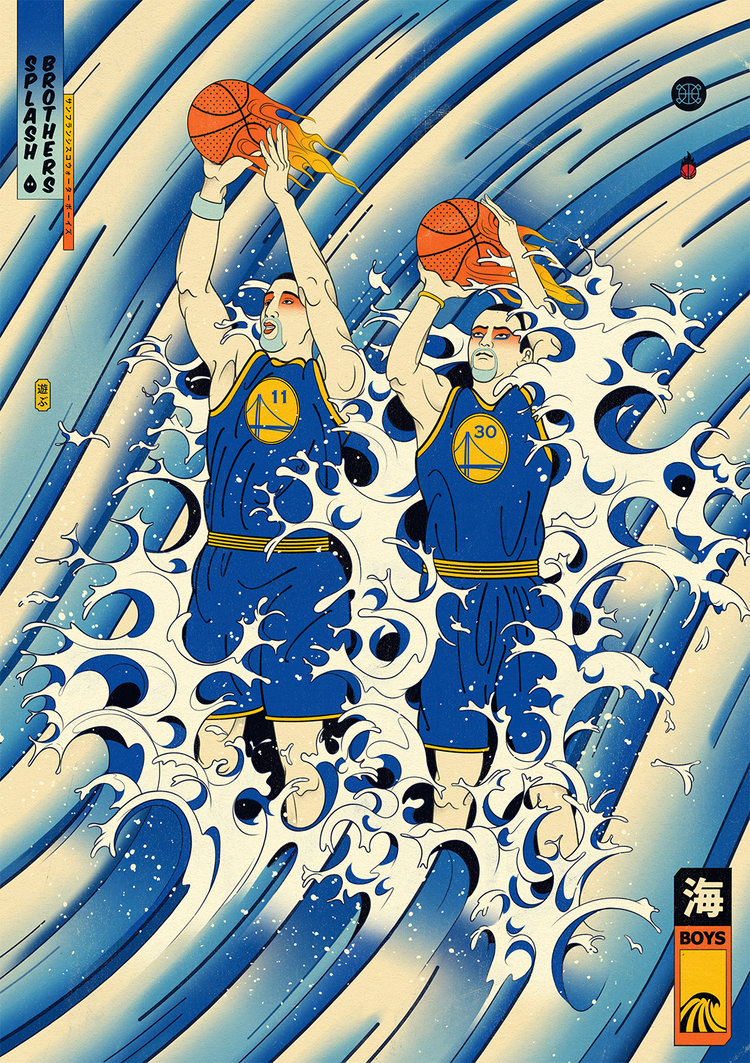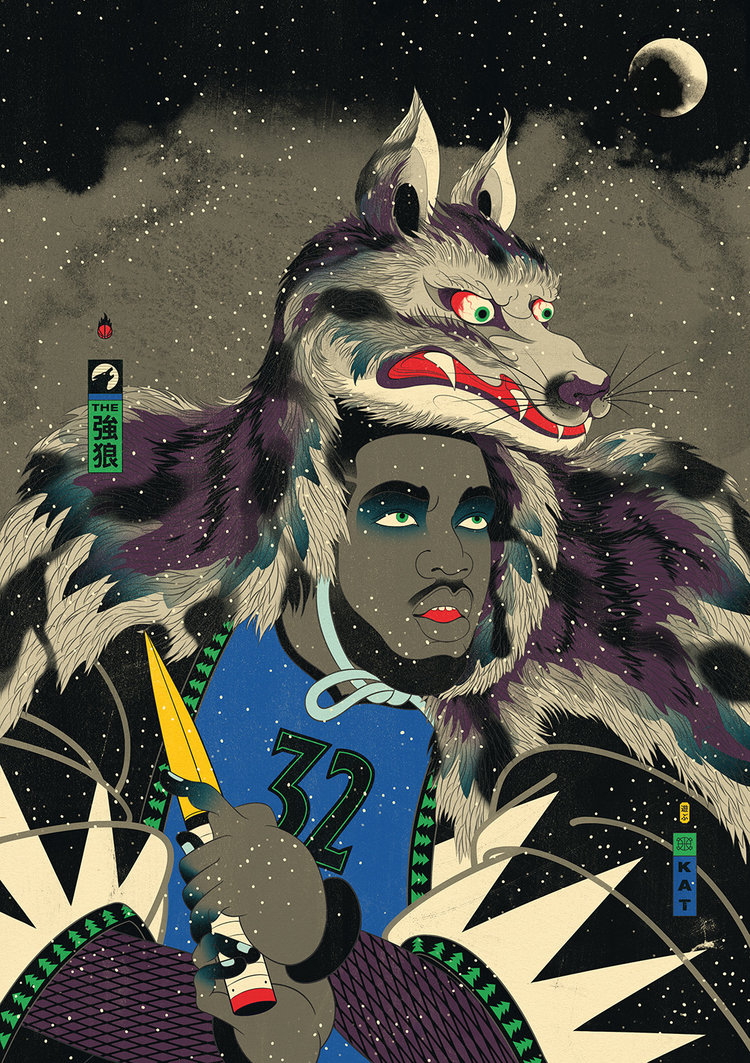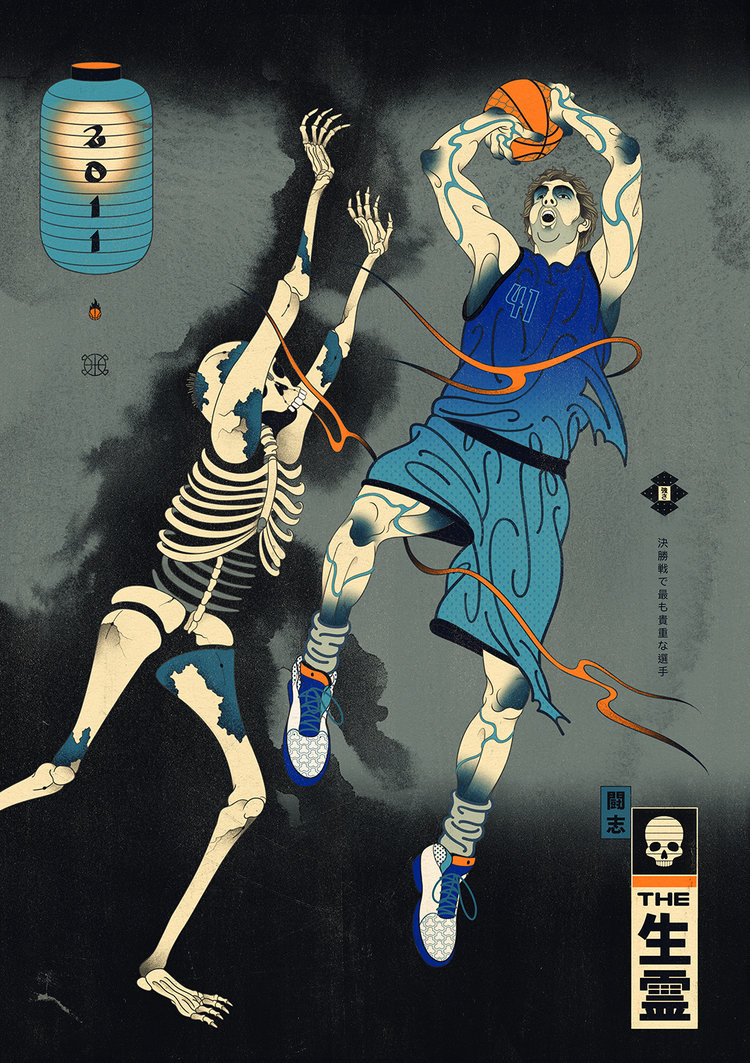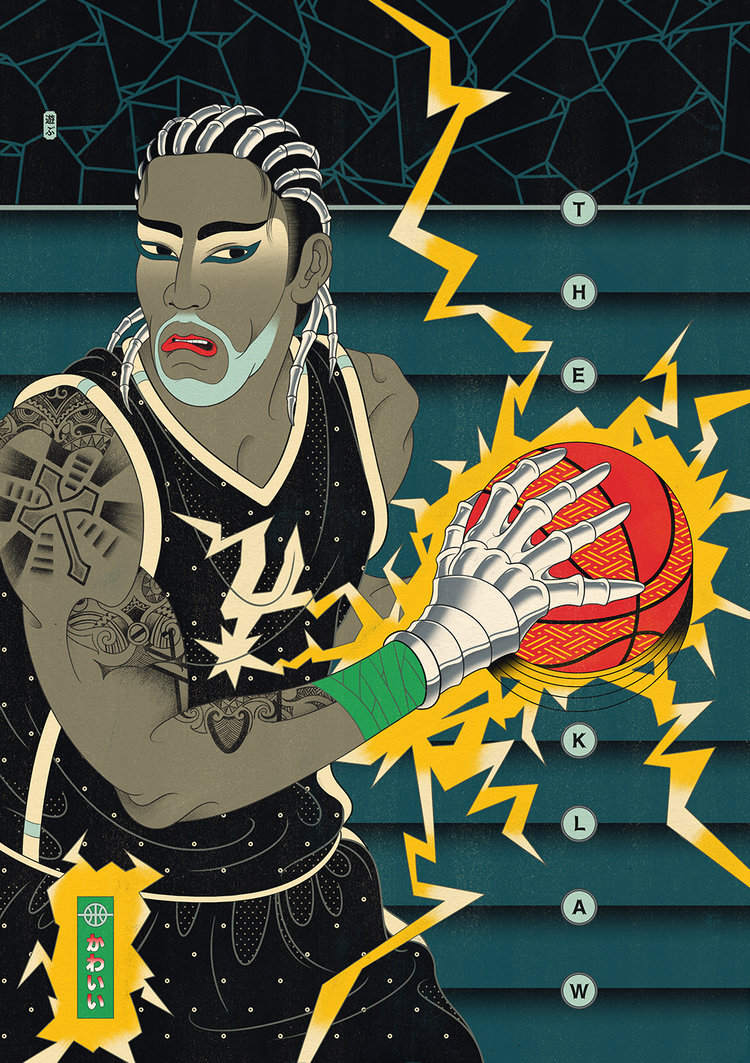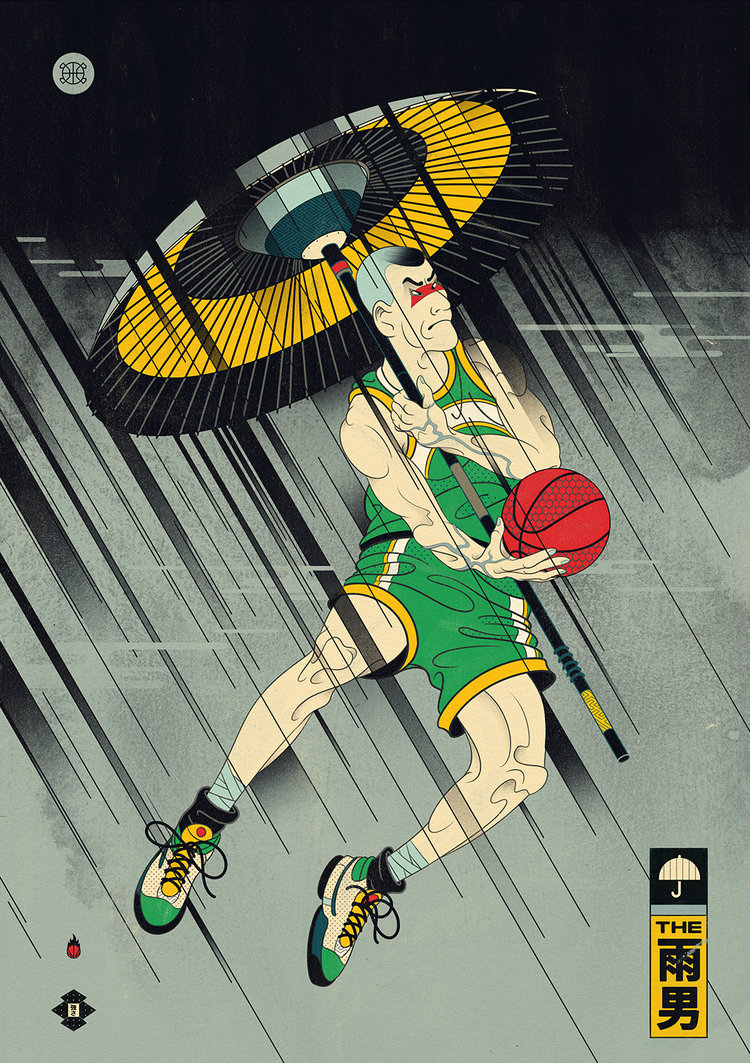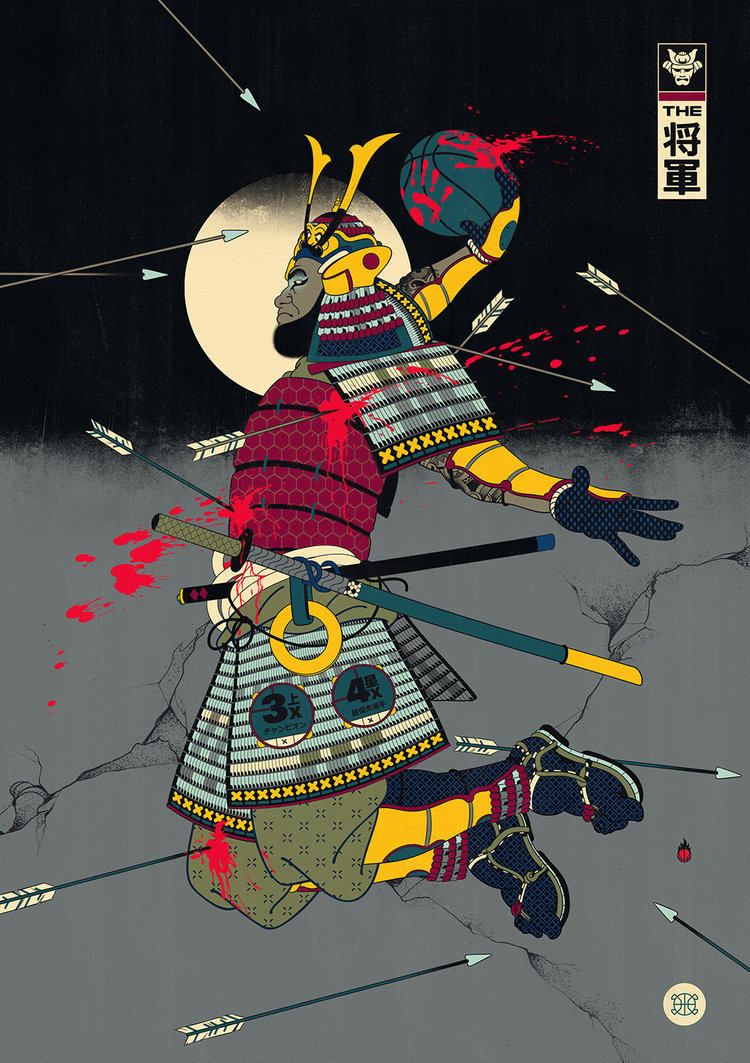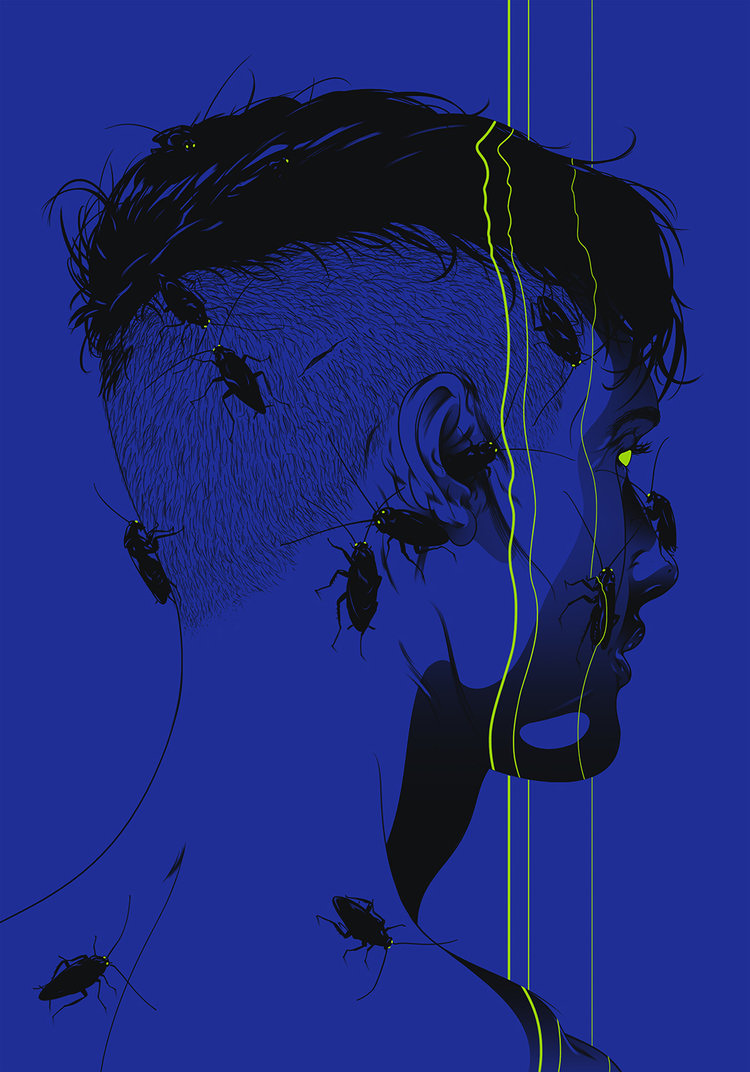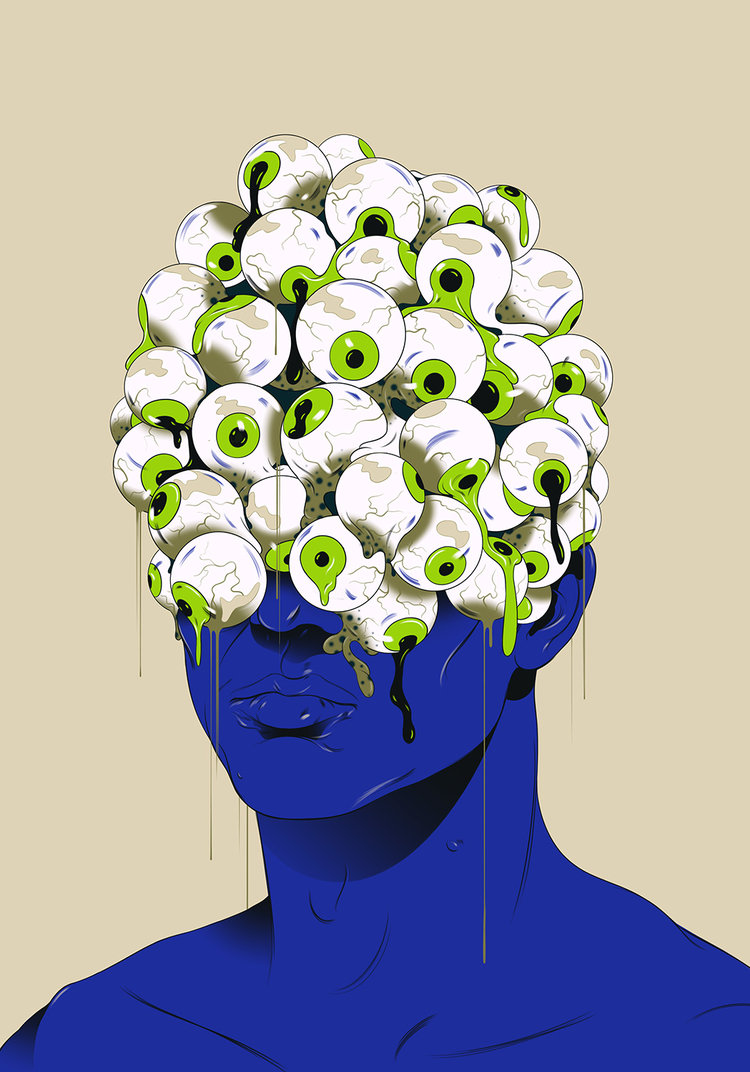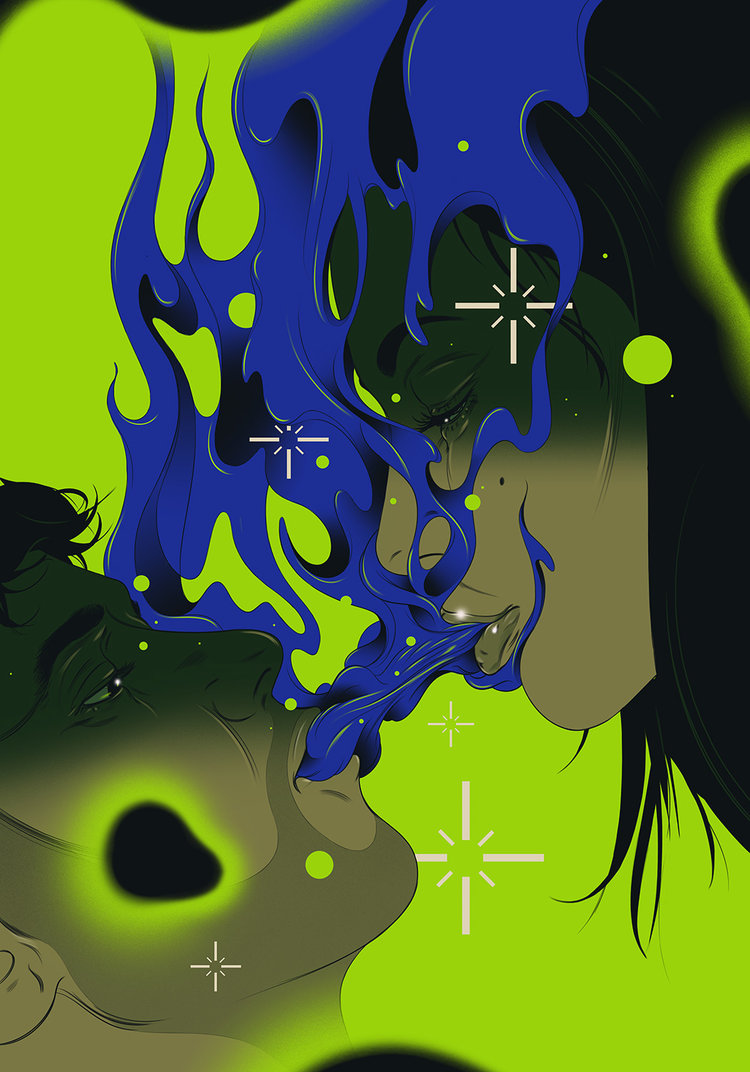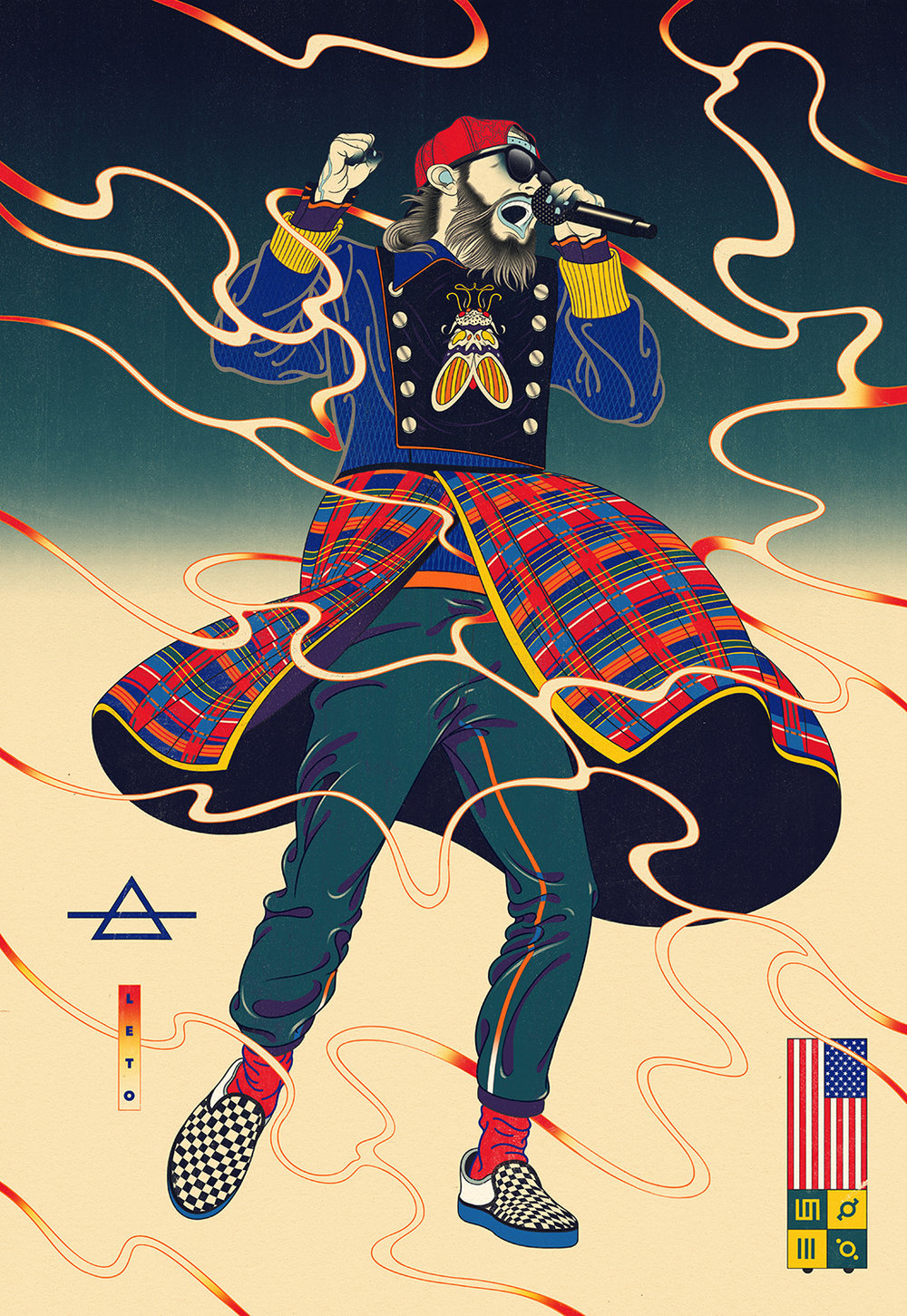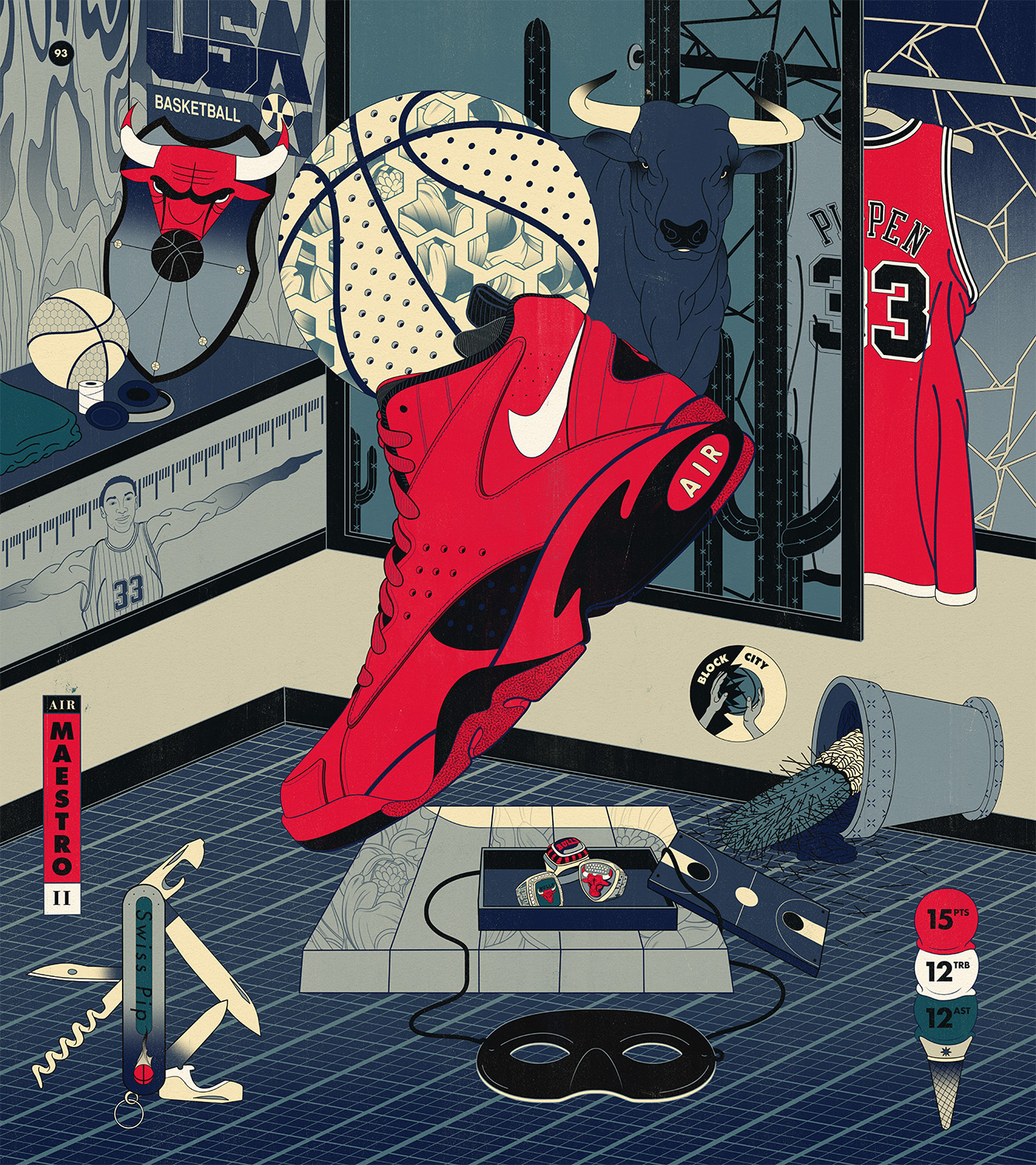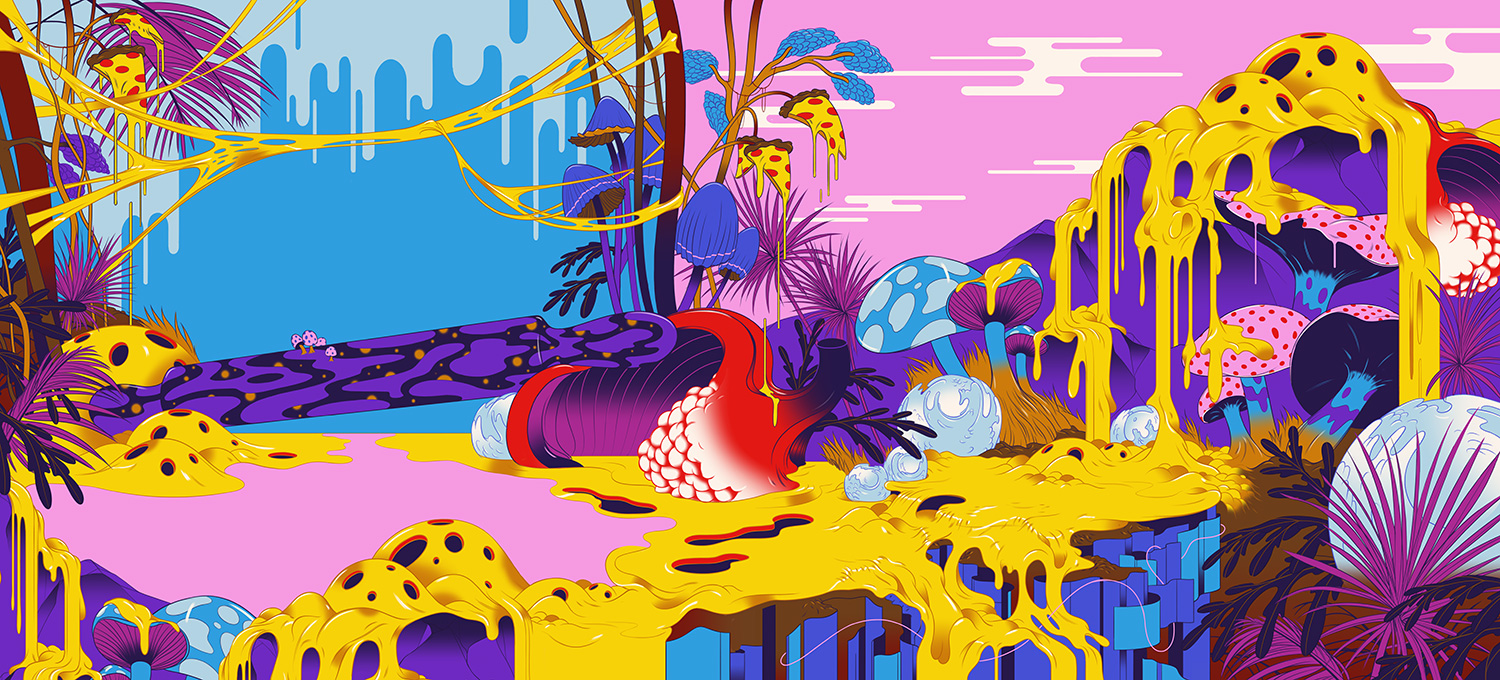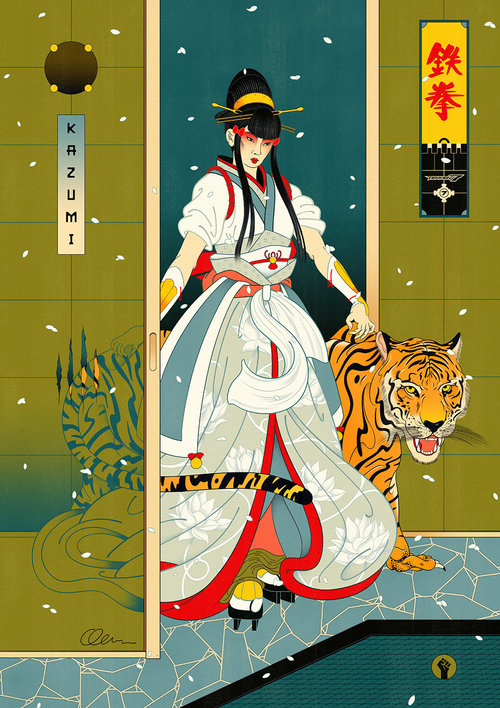Pay Homage to Your Passions to
Improve Your Creative Career
MIKE O'DONNELL / EDITOR
If you want to have a unique creative voice in a world where artists too often ape their idols, why not just be yourself? It's unlikely that anyone else shares all of the same interests as you, and personalizes those interests in the same way. When talking to Melbourne-based WNW Member Andrew Archer and taking in his work, there's a clear takeaway that your passions can guide your art. For Andrew, it's a combination of basketball, Asia, and contemporary fashion. From his ongoing series Edo Ball to projects with clients like Nike, Audi, Atlantic Records, and the New York Times, Andrew's work simply feels real. "Switching over to following and pursuing work which aligned with my passions has made the biggest change to my career and work. I can’t say enough how important it was to me for my happiness as a creative but also for the purity of the work. The work is just me and what I love; it’s easy to put everything into it and I think the viewers can see this."
Tell us a bit about your creative background. Who is Andrew and how did he get here?
I started out with an interest in arts from skateboarding in high school. I always loved the board graphics but never knew what the job was, I assumed it was graphic design and left school early to study it for a year. I found out not long after that illustration and design wasn’t quite the same. I slowly transitioned over the next 3-4 years from design to full time illustration.
How would you describe your creative style? Do you recognize a signature style that links all your projects?
Art of Asia and pop culture are always at the forefront and combining them along with pop and contemporary narrative or ideas is a common tie between my work. My work really is a reflection of everything I love in life: cultures, fashion, basketball, Asia and more.
What were some of the challenges and breakthroughs in launching your creative career?
The biggest challenge is the amount of consistent work it takes to break through, people really don’t give you a chance until you’re proven, which is fair, and in some ways separates those who are there for the long run.
Making a living from it was difficult but over the years I’ve really focused in on the business side of being a creative and have found multiple ways to make it work and keep me comfortable.
What do you see as the turning point in your creative development and career?
Switching over to following and pursuing work which aligned with my passions has made the biggest change to my career and work. I can’t say enough how important it was to me for my happiness as a creative but also for the purity of the work. The work is just me and what I love; it’s easy to put everything into it and I think the viewers can see this.
Which of your projects are you proudest of and why?
Edo Ball is hands down my proudest work to date. It’s 30 artworks deep now and aligns my greatest passions, Japan, basketball and storytelling. Every new artwork is as exciting as the last and the people really appreciate the time and details put into it.
How did your time in Asia inform your creative style? What was it about your experience there that made such a lasting impression?
Living in Asia for years gave me a deep understanding of culture, people, the world and how we all mix and better each other by sharing our experiences and backgrounds. It truly changed me as a person, more so than as a creative.
What would be your dream project or job, or is it already on your resume?
I’ve had a list for for years of my dream jobs and I’m so grateful I’ve had the chance to cross a lot of them off. I’d really love to get involved with basketball on a larger scale, with a project that can hold a narrative which spans over multiple works or even motion. Similar to Edo Ball but for a real world purpose, such as the NBA.
How would you define the Melbourne creative scene?
It’s very different from Europe and the US and has it’s own trends and styles but has a nice mix of cultures and people contributing which makes for some fun creative.
Who are your biggest creative influences?
Miyazaki, Kevin Garnett and Utagawa Kuniyoshi. All three have crazy work ethic and love for their craft, which I definitely admire the most.
What scares you most about making creativity your career?
Nothing now, I’m very happy and feel at home in the industry. At certain times the financial side did worry me and trying to work out how it can work in the long run.
One book, one album, one movie, one show. Go.
A Scanner Darkly, The Strokes - Is This It, Memories of Murder and The Wire.
What do you do when Not Working?
I play basketball a lot, chill with my girl and friends and get out and eat most meals around the city.
What do you think basketball has taught you about your profession?
Dedication and pride in your craft is everything. Like an athlete needs to train hard, round out their game and work extremely hard, an artist has to also.
What’s the best advice you’ve heard or received that all creatives should hear?
From my desktop wallpaper: Throughout the life of your career, you will be searching for your personal definition of happiness, and that happiness will depend on having freedom in your work.
There will be no joy without freedom. The search for freedom is unending. Freedom will only be possible through your ability to enjoy working hard.
Who are some other WNW members whose work you admire and why?
The crew - Karan Singh & Luke Choice.
What’s next for you? What are you working on now?
I’m working very hard on the next expansion of Edo Ball which will be a collection of the work to date and include some really fun narrative and storytelling in and around Edo Ball.



